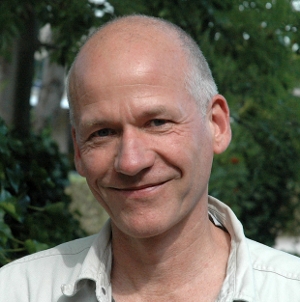
|
Niels Jørgensen's homepage |
|
|
|
||
|
Contact information
Email: nielsj@ruc.dk
Page updated May 27th, 2022. |

|
Introduction
I am associate professor at the computer science department at RUC. My main interests are technology theory and it security. I teach courses and supervise projects at Computer Science, Informatics and humtek. Humtek is RUC's interdisciplinary bachelor program in technology and design. Before coming to RUC in 2001, I was at Copenhagen Business School, and before that at Nokia. My ph.d. degree from 1992 is in computer science. Before I became a computer nerd I studied math and cultural sociology. |
|
|
||
|
Research profile
History of encryption, technology theory The paper Contentious expertise: Hacking mobile phones, changing mobile technology (First Monday, 2022) studies how activists from the Chaos Computer Club built a so-called clone of a mobile phone SIM card in 1998. The clone enabled the activists to make calls free of charge. They blamed the secret design of SIM cards, and subsequently, the design was changed and made fully public. Design methods, electric vehicles The paper Electric vehicle design, with Thomas Budde Christensen, in Jesper Simonsen et al., Eds., Situated Design Methods (MIT Press, 2014), studies the development and subsequent failure of the Renault Fluence E.V. The car's battery swifting technology became obsolete soon after the launch of the car. Was this related to the way that iterative and phased elements were employed in the development proces? Exemplary learning in design studies The paper Exemplary learning in design studies in Lone Krogh et al., Eds., Visions, challenges and strategies: PBL principles and methodologies (Aalborg Universitetsforlag, 2013), discusses strengths and limits of applying Wagenschein and Negt's theories of exemplary learning to design studies. |
Teaching profile
Humtek At the humtek bachelor program, I teach the course "Technological Systems and Artefacts". The course introduces to the technical dimension of humtek. Computer Science and Informatics At Computer Science and Informatics, my main tasks are teaching and supervising student projects related to security. |
|
|
| ||